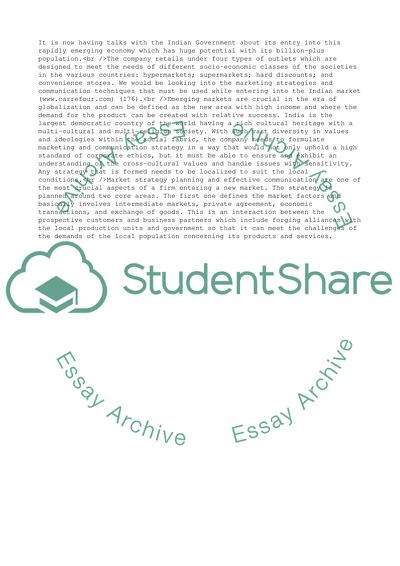Cite this document
(Carrefour Group Market Analysis Case Study Example | Topics and Well Written Essays - 1500 words, n.d.)
Carrefour Group Market Analysis Case Study Example | Topics and Well Written Essays - 1500 words. https://studentshare.org/business/1546395-marketing-communications-international-marketing-communications
Carrefour Group Market Analysis Case Study Example | Topics and Well Written Essays - 1500 words. https://studentshare.org/business/1546395-marketing-communications-international-marketing-communications
(Carrefour Group Market Analysis Case Study Example | Topics and Well Written Essays - 1500 Words)
Carrefour Group Market Analysis Case Study Example | Topics and Well Written Essays - 1500 Words. https://studentshare.org/business/1546395-marketing-communications-international-marketing-communications.
Carrefour Group Market Analysis Case Study Example | Topics and Well Written Essays - 1500 Words. https://studentshare.org/business/1546395-marketing-communications-international-marketing-communications.
“Carrefour Group Market Analysis Case Study Example | Topics and Well Written Essays - 1500 Words”. https://studentshare.org/business/1546395-marketing-communications-international-marketing-communications.


